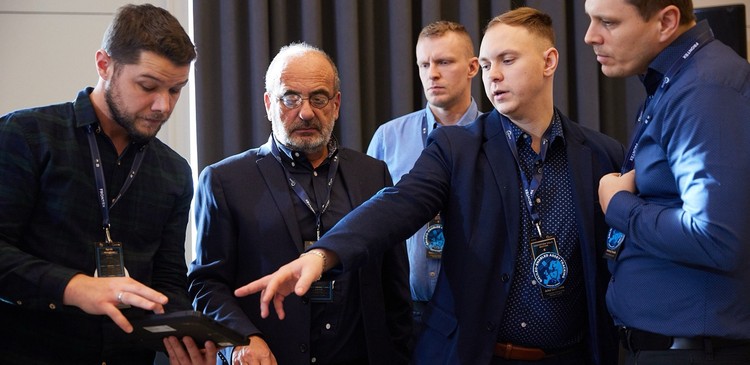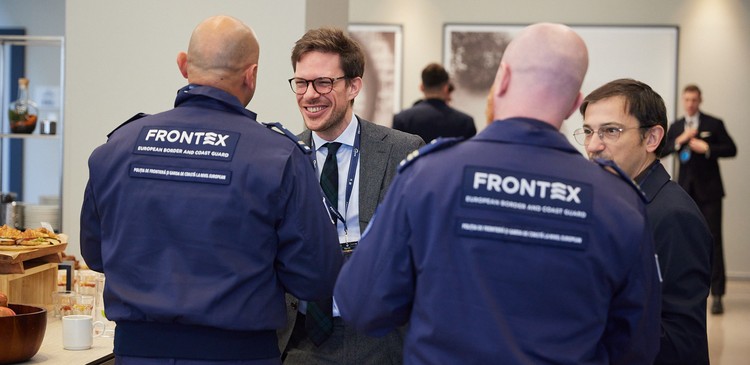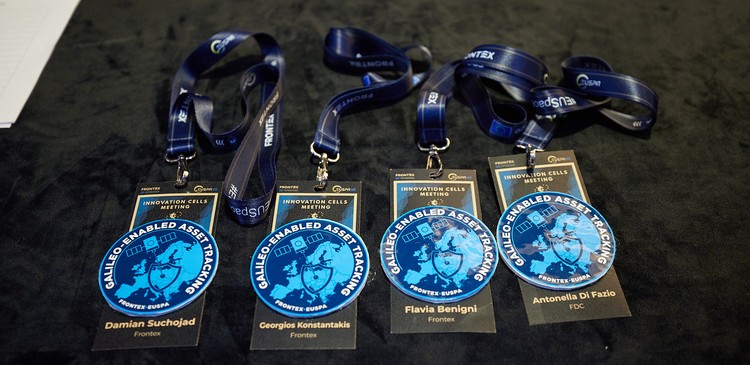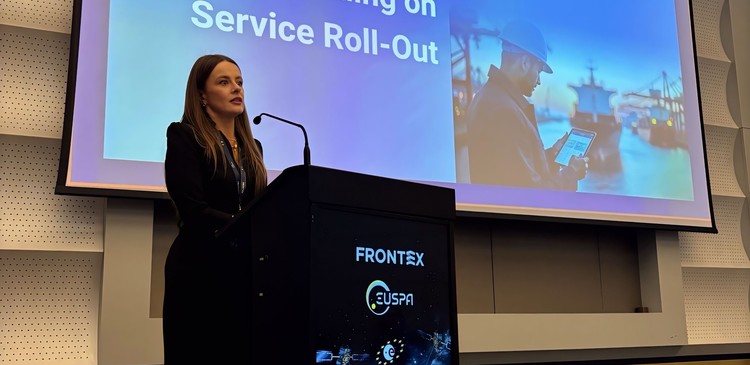Frontex, the European Border and Coast Guard Agency, has carried out a small-scale pilot of an enhanced tracking solution that uses Galileo, the EU’s satellite navigation system, to alert patrol vessels when navigation signals are jammed or spoofed and help crews maintain awareness of their position. The pilot shows how European satellite technology can make border operations more resilient to interference.
The system was trialled in a pilot project known as the Galileo-enabled asset tracking demonstrator, carried out with the EU Agency for the Space Programme (EUSPA), the Romanian Coast Guard, the European Commission’s Joint Research Centre (JRC) and industrial partners.
The solution builds on existing tracking concepts but integrates Galileo’s Open Service Navigation Message Authentication (OSNMA) feature. OSNMA allows receivers to verify that navigation messages genuinely come from Galileo satellites and have not been altered, making it easier to detect when signals are being spoofed or otherwise manipulated. By combining authenticated satellite data with other information sources, the demonstrator aimed to increase confidence in positioning, navigation and timing (PNT) information available to border guard units.
The final workshop of the project, held in Bucharest, brought together experts from the European Commission, EU agencies and Member States to discuss the results, share lessons learned and consider possible next steps. The demonstrator was deliberately designed as a technology-readiness exercise in a controlled field setting, rather than as a validation of an operational system.




